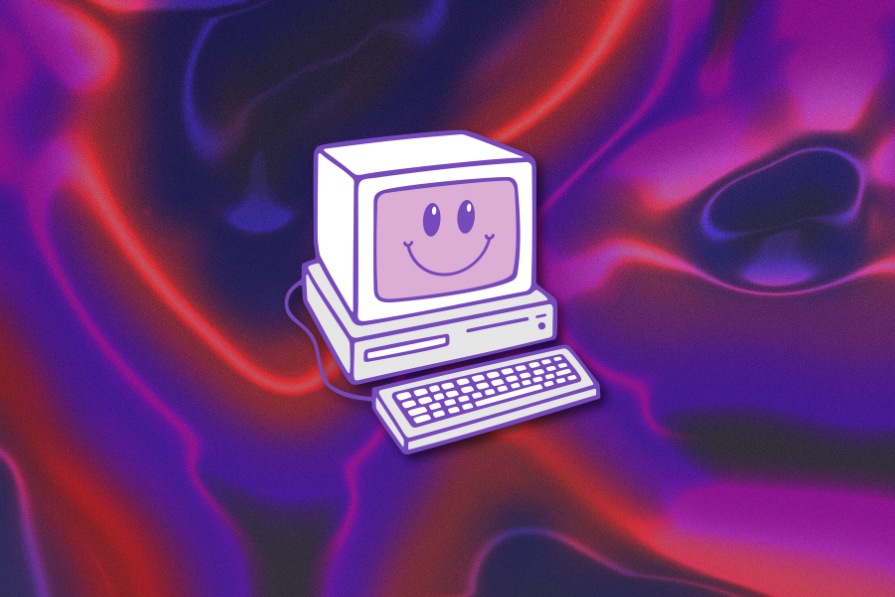Logrocket
1M
187

Image Credit: Logrocket
Using retro designs from 90s websites to inspire modern UX
- The 90s witnessed a significant shift in computers becoming personal entertainment devices and tools for self-expression, which led to an experimental aesthetic in web design.
- Designers in the 90s created unique designs marked by a mix of colors, fonts, animations, textures, and other technical aspects, which has inspired modern UX in various ways.
- Despite its primitive look, the 90s aesthetic has influenced contemporary design, as retro website designs evoke nostalgia and appeal to audiences who remember the era's experimentation and distinct digital aesthetic.
- Key characteristics of 90s website design include overloaded visuals, animated GIFs, color palettes, typography, skeuomorphism, textures, and the philosophy of 'more is better.'
- Lessons from notable 90s websites, such as Geocities, can help identify design approaches that emphasize individuality, simplicity, and avoiding clutter.
- Retro elements in UX offer an opportunity to balance creativity with usability, evoke a sense of nostalgia, and stand out from minimalist templates.
- Modern UX design should always prioritize user experience, recognize design history, and leverage past designs while applying design fundamentals and updating outdated features.
Read Full Article
11 Likes
For uninterrupted reading, download the app